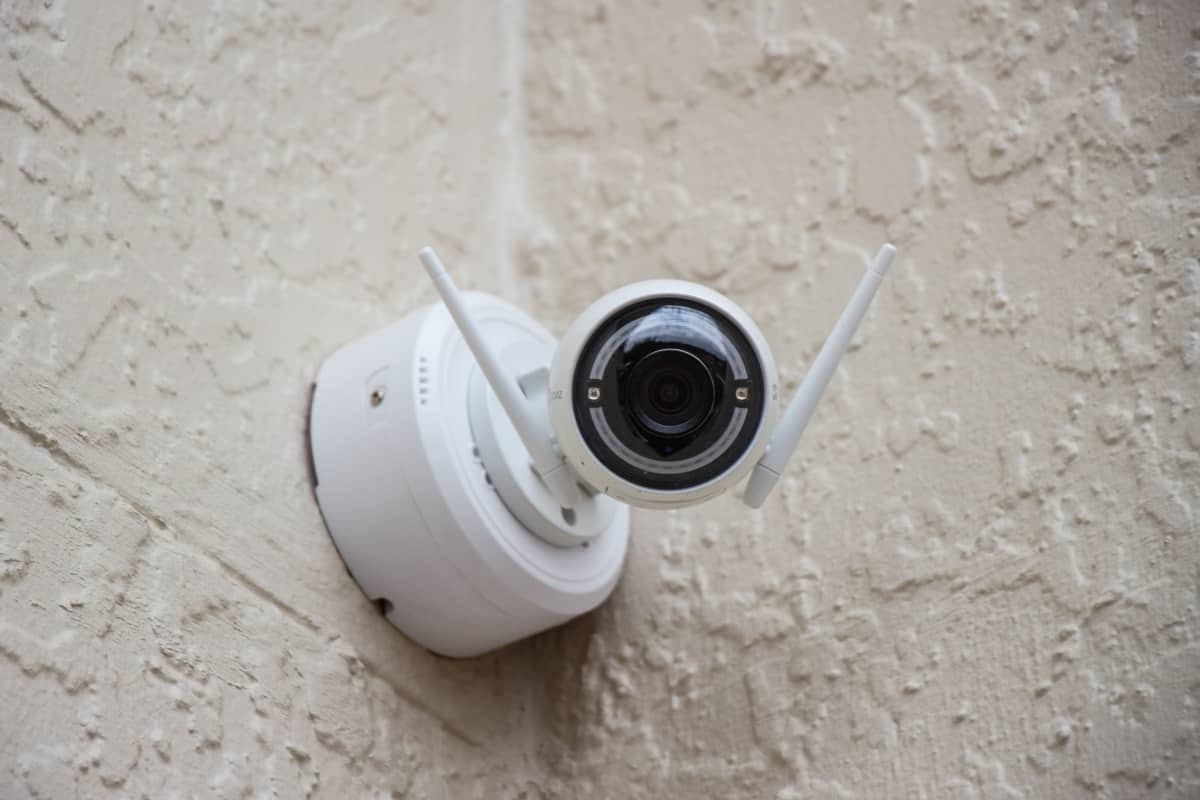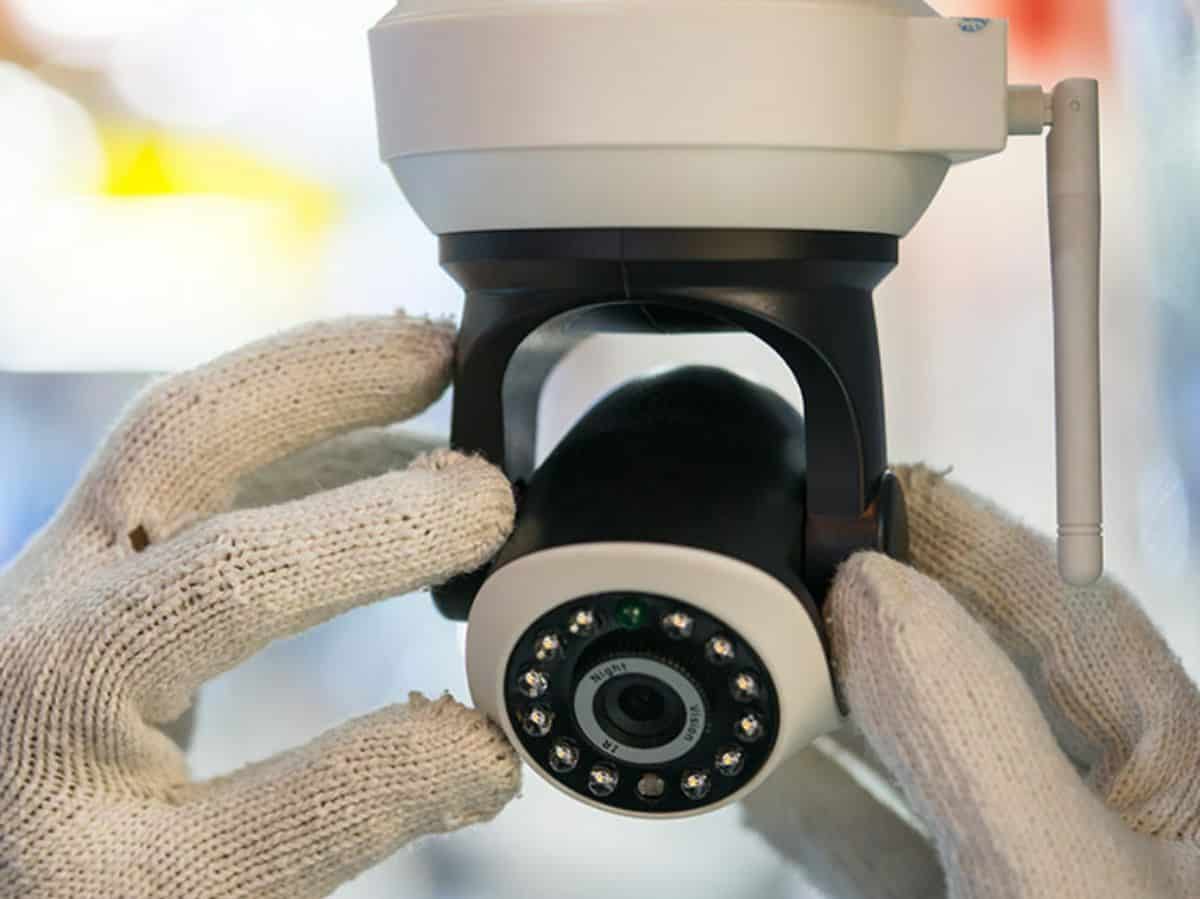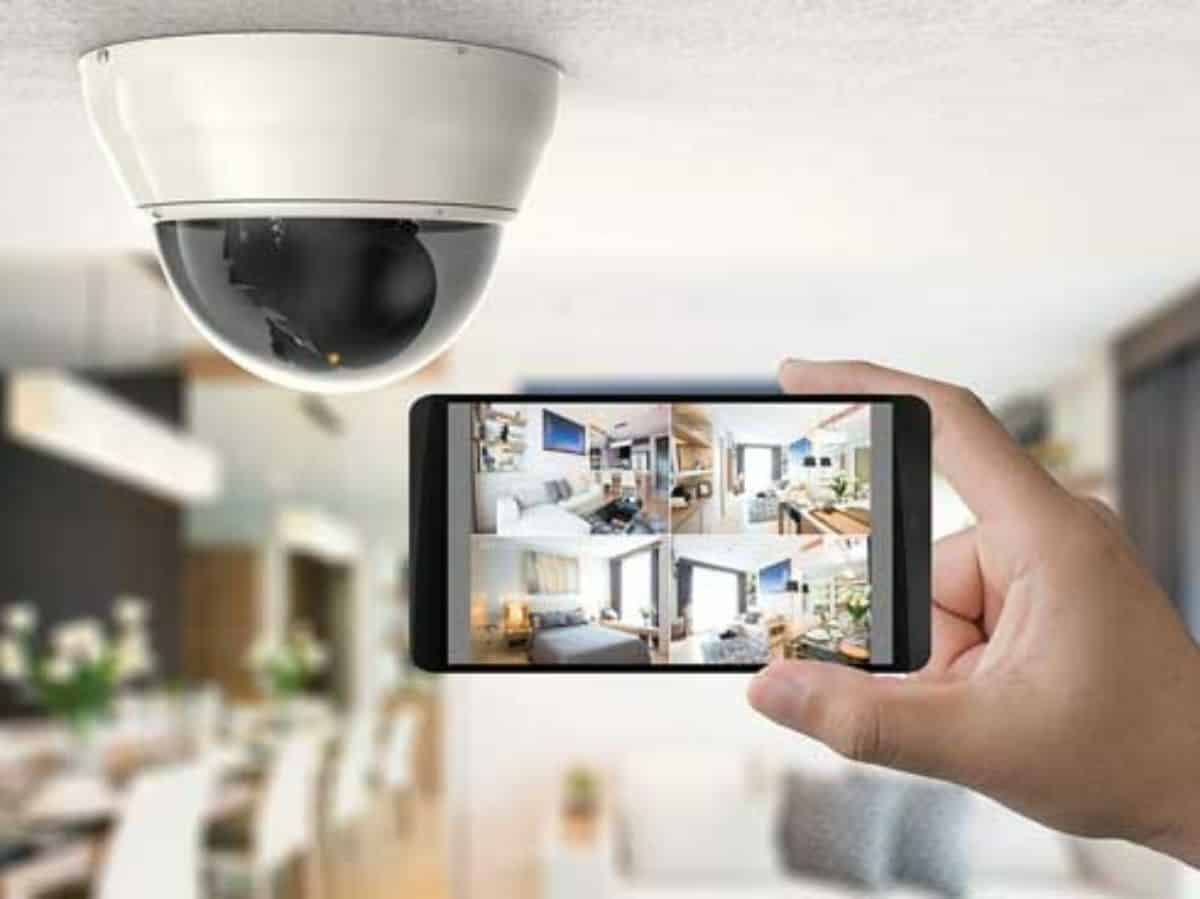Video cameras in your security system help keep you safe. Sometimes their mere presence can deter crime, but to be truly effective, they need to be functioning. Video loss on security camera footage is a common issue for CCTV systems. Discovering video loss may occur when the live feed drops or goes fuzzy. Reviewing past footage, there may be clips missing or an inaccurate time lapse. Once noticed, it’s important to fix the cause immediately.
Common Causes of Video Loss on Security Camera Footage
There are a few common causes that can result in video loss. These include:
- Power Supply
- Network Issues
- Hardware Failures
- Software Compatibility Issues
- IP Address Conflicts
- Faulty Wiring
Video loss on security camera footage is a serious issue that needs a quick fix. Many issues are a result of aged or incompatible equipment, loose connections, or improper installations.
What Does Video Loss Look Like?
- Video signal drops
- Camera turning off and on
- Black screens
- Flickering video
- Nighttime video loss
- “No video signal” message
- Rebooting cameras
- NVR/DVR shutting down unexpectedly

Simple Steps to Prevent Video Loss on Security Camera Footage
There are a few steps you can take to address most of the primary causes of video loss on CCTV systems. This includes:
- To begin, ensure your power supply is enough for your system and working.
- Use power surge protectors on all power-connected components.
- Use WiFi signal boosters, particularly if your system is expansive.
- Ensure there are no IP conflicts.
- Use IR night vision and enough external IR illuminators to be able to see well.
- Use new cables when setting up and replace older cords.
- Check every cable connection is secure.
- Stick with the same brand across your hardware to avoid compatibility issues.
- Keep your software and firmware updated.
Troubleshooting Common Video Loss Causes
While not every possible problem can be addressed here, these common challenges can often be addressed by simple troubleshooting steps.
Power Supply Issues
Power supply failure can cause vital components in your system to fail to record footage. This leaves you with no possible way to recover the video. To avoid this problem, set up with the correct equipment and keep it well-maintained.
Causes:
- Older power supplies – particularly over 10 years old – may be at the end of their lifespan.
- Defective power adapters.
- Loose cables or connectors.
- Your cable is too long.
- One cable, many cameras.
- Damaged cables.
- Older cables, particularly those from prior systems.
- PoE switches that are not suitable or defective.
- PoE injectors connect to that are not suitable.
Solutions:
- To begin, inspect all cables and connectors. Replace any damaged cables, and ensure all connections are secure.
- Then, test PoE switches for output power. Try using another port.
- Make sure your PTZ has enough power. You may need to upgrade your power supply and use a PoE switch/injector rated for these.
- If the video loss is at night, make sure your IR equipment is getting enough power.
- Use shorter, quality cables.
- Finally, replace batteries on cameras on schedule and test them if you notice camera failure.

WiFi Connection and Bandwidth Issues
Unstable networks are common culprits for video loss on wireless systems. Sometimes, this issue disrupts the signal but doesn’t stop it. It may be possible to recover the video footage. To reduce this risk, set up a robust network and adjust as needed when adding any new components. Consider including signal boosters if you are monitoring a large space.
Causes:
- Improper setup
- Overused network
- The devices and the router are too distant
- Unstable WiFi signals
- Loose connections
Solutions:
- First, verify that your router can cover the whole area of your system.
- Keep cameras close to the WiFi router.
- Use the correct channel (some use either 2.4 or 5 GHz signals)
- Next, be mindful of barriers like trees and walls that disrupt and weaken signals.
- PoE switches should be able to support the traffic needed. Use gigabit ports for many switches.
- Test your PoE switch and injectors. Unplug and reconnect them and ensure they are securely connected.
- Then finally, ensure your network can handle peak anticipated traffic.
IR Issues
Night vision is an important aspect of most security camera systems. During the night, the likelihood of theft or vandalism increases. Video loss during nighttime hours is particularly vexing.
Causes:
- IR camera isn’t installed
- Or, the IR sensor is faulty
- Last, one cause could be that the IR wasn’t on
Solution:
- First, you need to check your NVR/DVR settings to verify the IR camera is on.
- Add external IR illuminators, a floodlight, or another method to ensure that your IR camera can capture footage.
- Lastly, check your IR camera in a low light area to see if the LEDs come on if it doesn’t use night vision.
Cable and Wiring Issues
Most common with hardwired cameras. The most common cause is poorly done writing, faulty cables, and loose connectors. Use new cables when updating to new system components. If your system is exposed to weather or wildlife, regularly inspect your cables for damage.
Solutions:
- To begin,, inspect the length of your cables to ensure no serious bends, twists, or damage.
- Then, you’ll need to verify that all connections are tight.
- Third, test cameras with a patch cable. Sometimes the problem is the camera, not the wire.
- Lastly, replace poor-quality or older cables.

Compatibility Issues
Not all components of CCTV systems are compatible. If you buy your equipment piecemeal, you may end up with pieces that don’t cooperate. An HD camera will not work with an analog DVR. A 1080p DVR will only work with a 1080p camera. When buying your accessory components, make sure that each piece will work together.
This extends beyond the cameras and recording devices. The PoE switches and injectors need a rating sufficient for their intended use. Your power supply must have enough juice to supply the demands of your equipment. The cables need to be able to carry the required signals. Your network components need to handle the traffic you anticipate and have the range to provide connectivity to all parts.
It’s easiest to ensure all components will work together well by working with a single company or brand. They have designed their components for compatibility and tested them with each other. Remember, if issues crop up, they will know how to get them working again.
Software and Firmware Issues
Software and firmware require updates on occasion. It’s important to stay up to date on any patches. If they are out-of-date, they may not properly pick up the video feed or store it improperly. If you are unsure of how to update your software or firmware, reach out to the manufacturer for instructions. Firmware updates can cause damage if done improperly. If you do not feel confident, leave this to professionals.
Can You Recover Lost Video on a Security Camera?
You don’t want to discover video loss on security camera footage, particularly after something has occurred you want to document. There is often no way to recover lost footage.
Power supply issues will prevent cameras from recording. Insufficient cables cannot send the footage to your storage devices. Faulty connectors or insufficient wireless networks may not allow that data to travel. These scenarios result in the same problem, no footage to recover. To ensure your cameras do their job, it’s vital to properly install and maintain your security system.
Put the Secure in Security with Professional Help from ONIT Home
The best way to stay ahead of security system failures is to hire the best to protect your home or business. A professional security monitoring company will set up, monitor, and maintain the security system. That means they will stay ahead of issues. Lost video on security camera footage is a preventable problem. Let the best keep an eye on your precious assets.
We offer 24/7 professional monitoring for security systems covering your home or business needs. Not only do we offer video surveillance, we include break-in detection, remote control, and integration with both Alexa and Google Voice. Our security equipment packages adapt to your needs and work with your other smart home systems. Our installers take care of the setup, with no hidden activation fees or installation costs, so you don’t have to worry about what cable goes where or how far your camera is from your router. We work with industry-leading brands, including Brinks, Ring, and Kwikset, so you can feel confident that the best tech is keeping you safe.
At ONIT Home, we know that security shouldn’t break the bank. We offer flexible packages to right fit your security system to meet your needs and budget. You need not pay all at once, either. Our flexible financing options ensure you can start protecting your home or business today. Plus low monitoring rates can fit into any budget. Contact ONIT Home today for a consultation.



